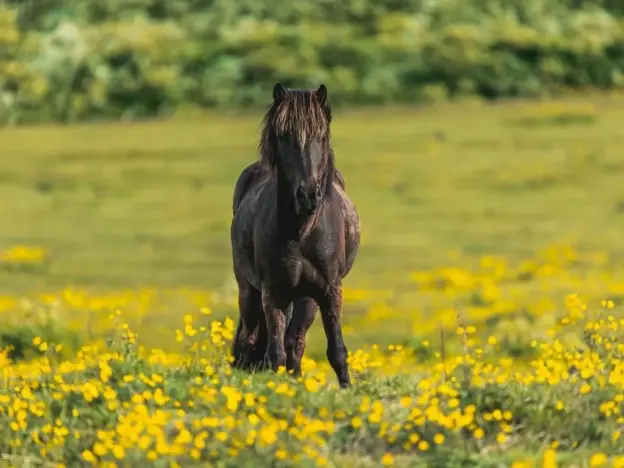Intro
Also called Islenski Hesturinn, Icelandic horses have a long, well documented breeding history in part due to their isolated and remote location. Known for their hardy, athletic build and happy nature, these horses exhibit 5 different gaits and possess one of the purest bloodlines in the world.
Origins
Horses arrived in Iceland in the ninth century when Vikings from Norway and the British Isles settled there. Since around 1100, import of horses was forbidden into Iceland, keeping their breed unadulterated for a very, very long time.
Icelandic Horses remained the main form of transportation in the country until the first roads were built for cars late in the 19th century. Today the horses in Iceland help to preserve the agricultural traditions of the people who live there. Horses play a large part in the Icelandic economy from horse racing to trading.
Features
Average height 13 – 14 hands
Incredibly strong for their size and can easily carry adults
Possess 5 natural gaits
1. Walk – normal walking gait
2. Tölt – a smooth 4-beat gait similar to trotting
3. Trot – normal trotting gait
4. Pace – also called the flying pace, hooves on the same side touch the ground together, can be as fast as a gallop and used for racing
5. Center or Gallop – normal canter / gallop gait
Physique
Long neck with a thick or double sided mane and long tail
Traditional Colors:
All colors
Temperament
Versatile and eager
Intelligent and spry
Can cover long distances at a fast gait
Use
Show horse
Pleasure horse
Farm horse
Transportation
Riding
Helpful Links
* All links open in a new window
Farmers Association of Iceland , Birna Kristin Baldursdottir
United States Icelandic Horse Congress
Icelandic Horse Society of Great Britain
NordGen
More Images




